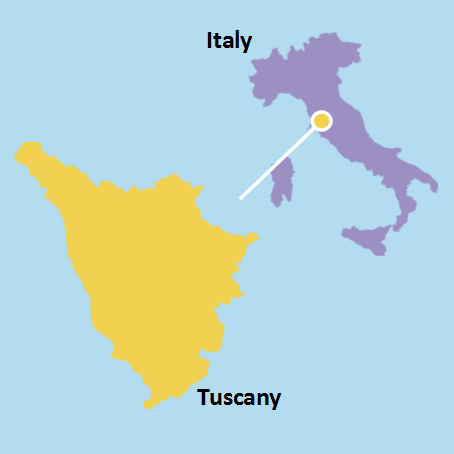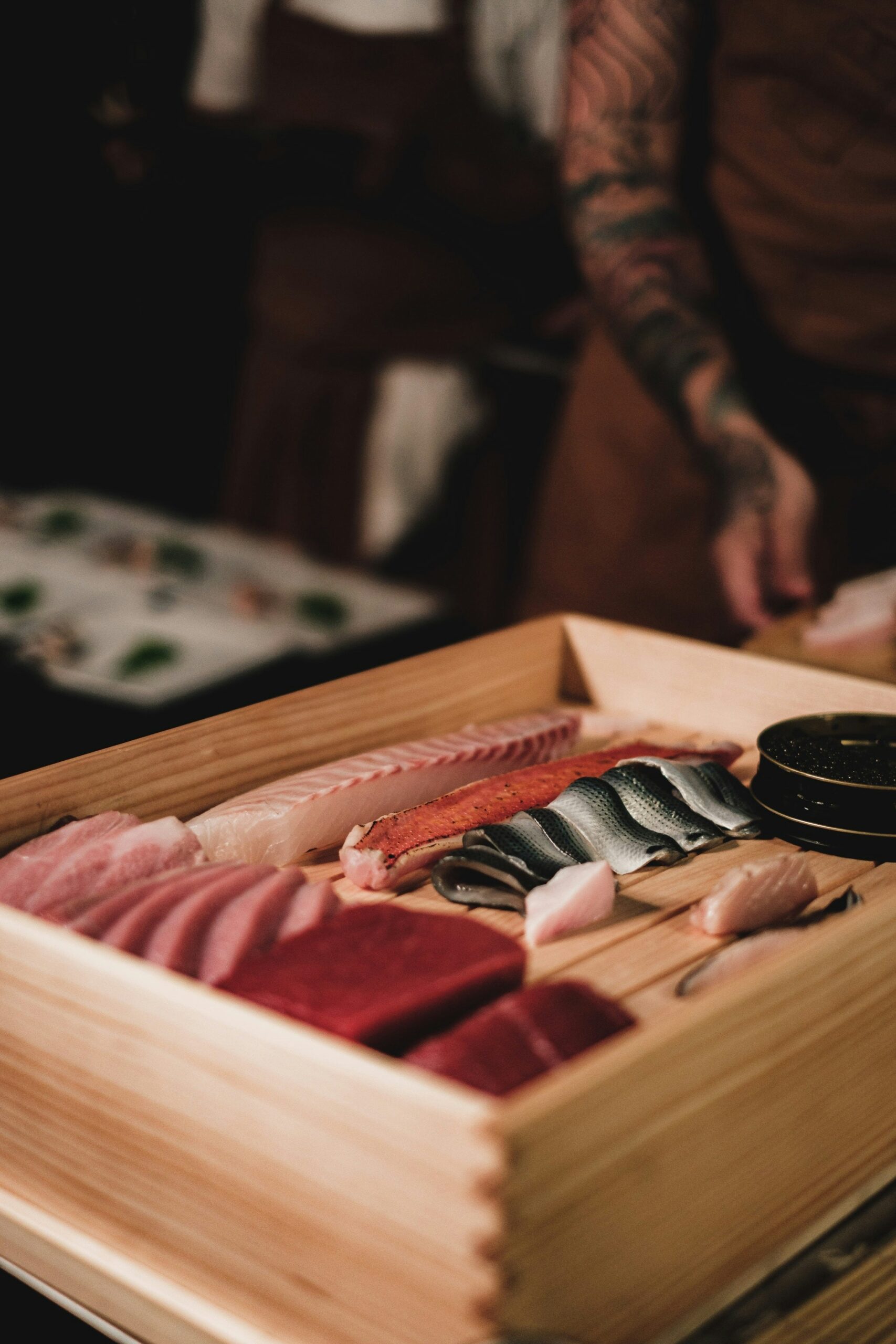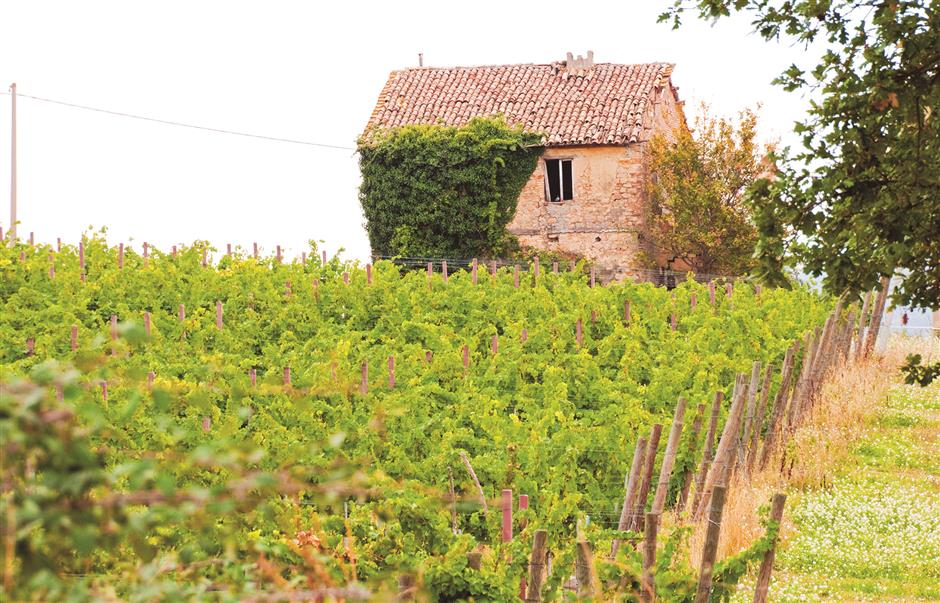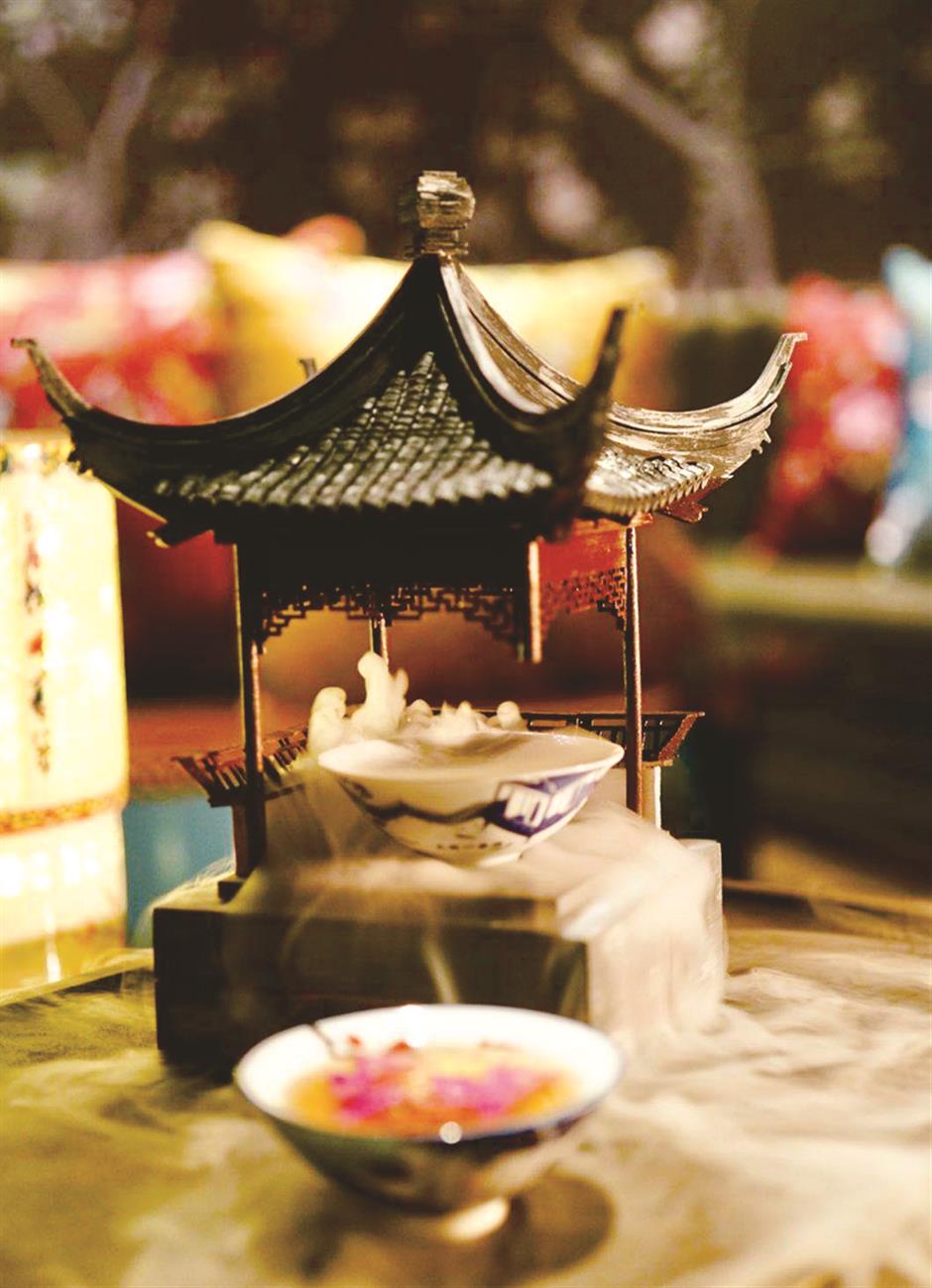One of the beauties of traditional wine is that although it is made with only grapes it can offer thousands of different aromas and flavors. Where and how the wine is made, the weather, the wine-maker and many other factors will influence what aromas and flavors reside in your glass. Different grapes also have their own distinct characteristics. In the wine world, when we think o f cherries we often think of the red wine grape Sangiovese.

Sangiovese is to Tuscany what Cabernet Sauvignon and Merlot are to Bordeaux. The name Sangiovese comes from the Latin words sanguis Jovis, literally “blood of Jove.” In ancient Roman mythology, Jove, also know by the name Jupiter, was the god of the sky and thunder as well as the king of all gods. Sangiovese is central Italy’s most important red wine grape and is also popular in blends in the south. Accounting for 10 percent of all cultivated vines in Italy, and with all due apologies to the lovers of the Nebbiolo variety in the north, Sangiovese can rightfully be considered the king of Italian red wine grapes. But this king has thin skin and predilection for late ripening and high yields that make it one of the more challenging grapes for winemakers. When they get it right it makes beautifully aromatic and balanced wines replete with wonderful cherry sensations. However, when care is not taken and yields are too high the result can be diluted, insipid wines with little character.
But to truly know Sangiovese is to love it. When savoring a good Sangiovese wine, after obvious sensations of cherries there may be strawberry, black fruit and violet flavors with tertiary flavors of herbs and spices. Wines aged in oak often also have notes of vanilla, chocolate, smoke and leather. In fact, the tremendous range of Sangiovese wine styles make it one of the most intriguing grapes that should have a bright future in China. But there’s a problem. In China, the preferred taste profile of many wine drinkers is that of Bordeaux or fruity new world reds. When tasting a Sangiovese for the first time, new drinkers often expect or search for familiar Bordeaux qualities such as black fruit and oak or the upfront fruit-driven qualities of many new world wines. When the quintessential Sangiovese cherry flavors and fresh acidity bloom in the palate many new drinkers become confused. Therefore when tasting Sangiovese wines with new drinkers, I first tell them not to expect a Bordeaux or new world red but something different and special in its own way. The more styles of wine you learn to enjoy, the more rewarding your wine appreciation shall be.
Food-friendly wines
The high acidity, moderate alcohol and solid tannins in most Sangiovese wines make them some of the most food-friendly wines. Depending on the style, they pair beautifully with dishes ranging from light appetizers and fish to heavy cheese and meat dishes. A light-bodied, fresh Chianti wine is a lovely companion to Italian antipasto, a collection of cold Italian meats with cheese, and also a wide range of tomato and cheese-based pastas and pizzas. When chilled, the acidity and light tannins of young Chianti wines also make them a good wine to pair with fish dishes, especially those made with a Chianti red wine sauce. When enjoying a Chinese meal where seafood and meat dishes are served together I often serve a chilled Chianti as it goes exceedingly well with a vast array of dishes.
More serious Sangiovese red wines such as a Chianti Classico Riserva or Brunello di Montalcino beg for a good piece of grilled or roasted meat especially meats seasoned with red wine-friendly herbs such as rosemary and sage. Two classic pairings in Tuscany are top Sangiovese wines served with grilled T-bone steak and roasted wild boar. The depth and complexity of these hearty Sangiovese wines highlight the natural flavors of the grilled and roasted meats while also adding flavor dimensions and elegance.
When picking a Sangiovese wine pay attention to the region, style and producer. Good light-bodied Sangiovese wines from Tuscany include the entry-level Sangiovese di Toscana IGT, as well as the basic Chianti DOCG and Rosso di Montalcino DOCG. The more substantial, structured and complex Tuscan Sangiovese wines are Chianti Classico Riserva, Vino Nobile di Montepulciano Riserva and Brunello di Montalcino. The former is at least 85 percent Sangiovese with other local varieties or more recently Cabernet Sauvignon and Merlot comprising up to 15 percent of the blend. The latter two are 100 percent Sangiovese with Brunello di Montalcino considered by some as Italy’s greatest wine. Other candidates for Italy’s best red wine are a new style of wine called Super Tuscans. The first is Tignanello, a mostly Sangiovese wine with some Cabernet Sauvignon. Some Super Tuscans are mostly Sangiovese while others are predominantly Cabernet Sauvignon or Merlot. In Shanghai you can find many top Tuscan producers with lovely Sangiovese wines including Ruffino, Barone Ricasoli, Antinori, Castello di Querceto, Carpineto and Mazzei.
Also well worth trying are Sangiovese wines from other central Italian regions. The Lungarotti Sangiovese IGT from Umbria and the Farnese Don Camillo Sangiovese IGT from Abruzzo are two quite reasonably priced wines that offer an abundance of great cherry and other Sangiovese flavors. The Sangiovese wines from Umberto Cesari in Emilia-Romagna also offer authentic Sangiovese experiences that won’t bust your budget. So open your mind and your mouth to savor the delicious cherries of a good Sangiovese wine.
『Original Source:https://archive.shine.cn/feature/ideal/Sangiovese-the-king-of-Italian-red-wine-grapes/』





